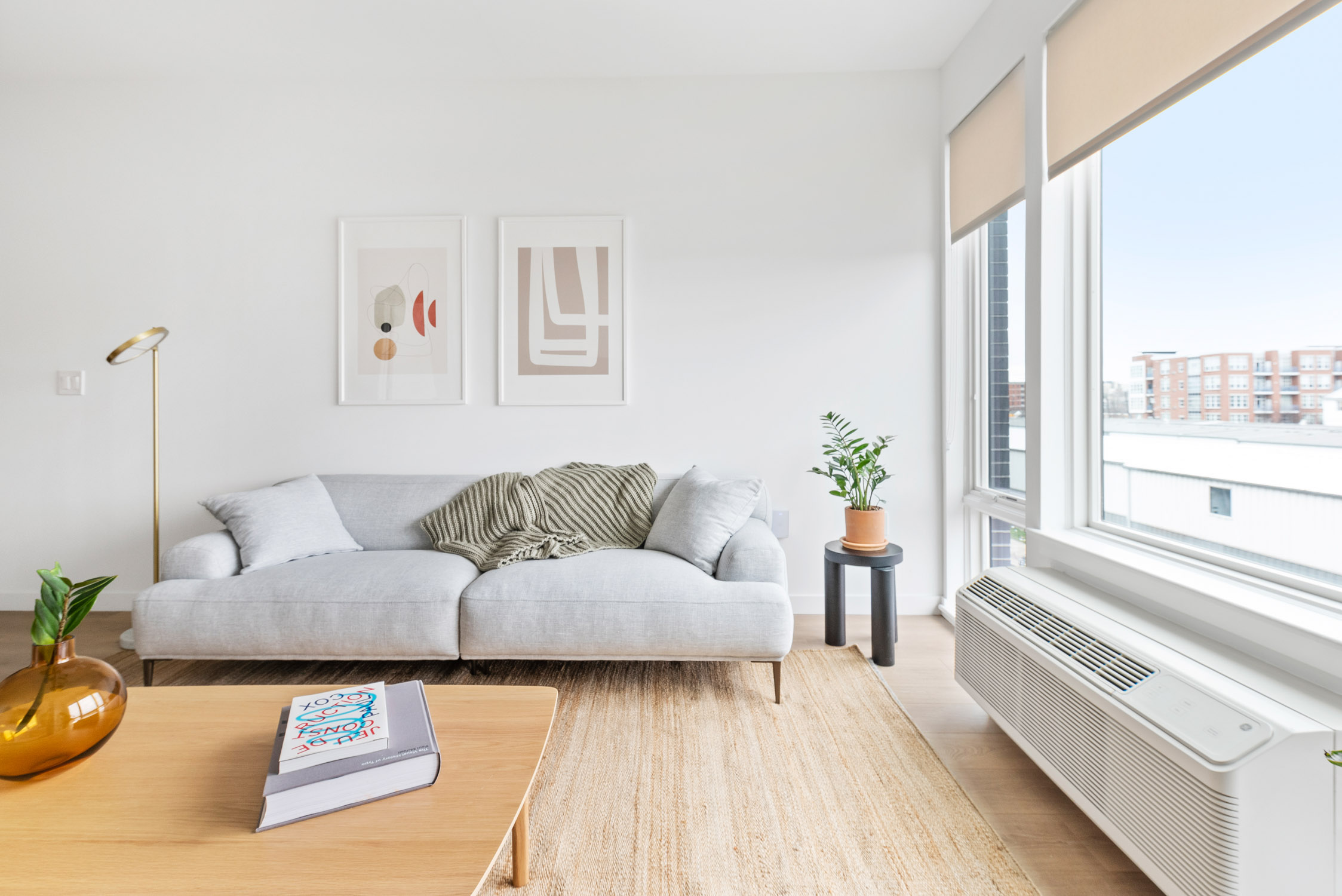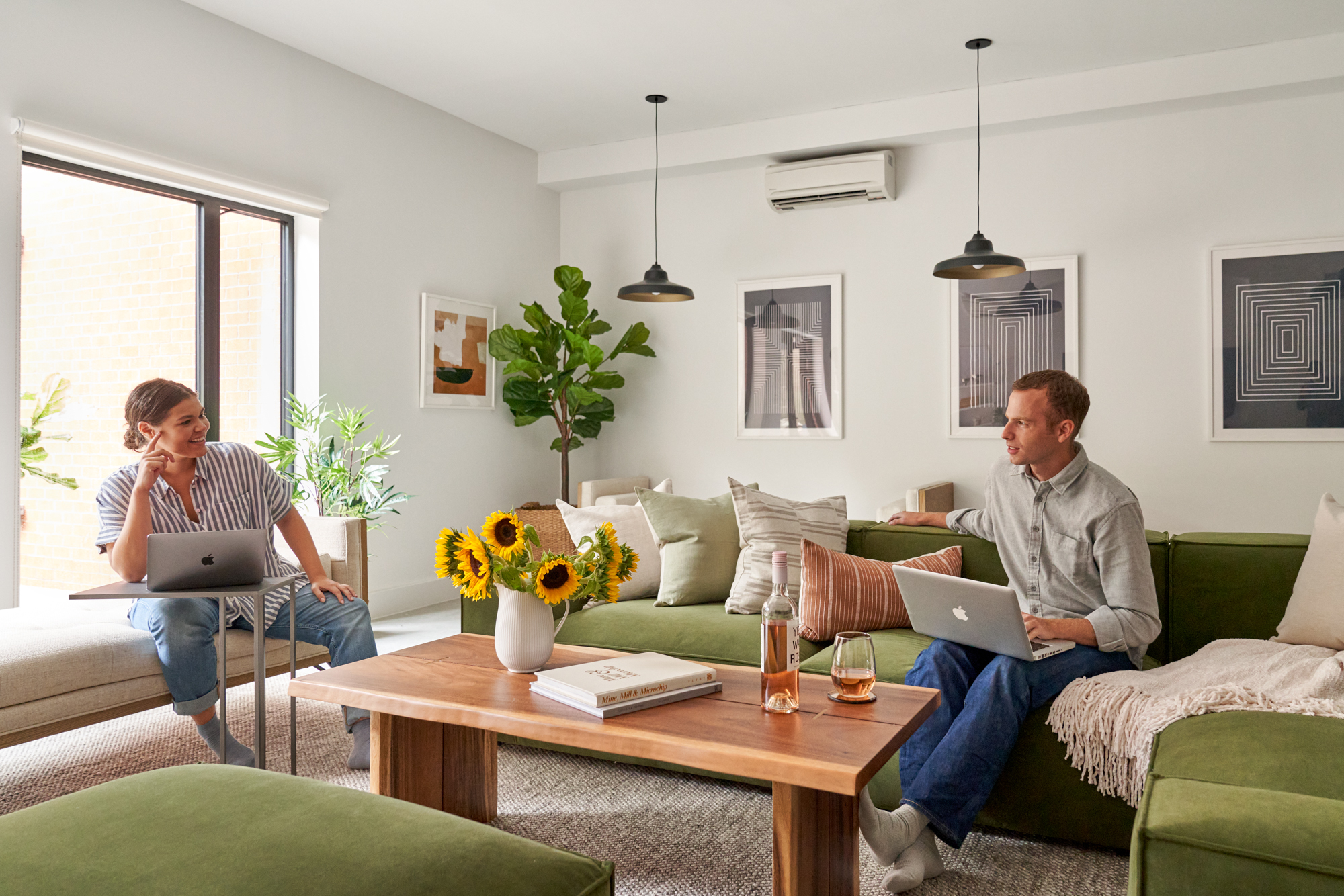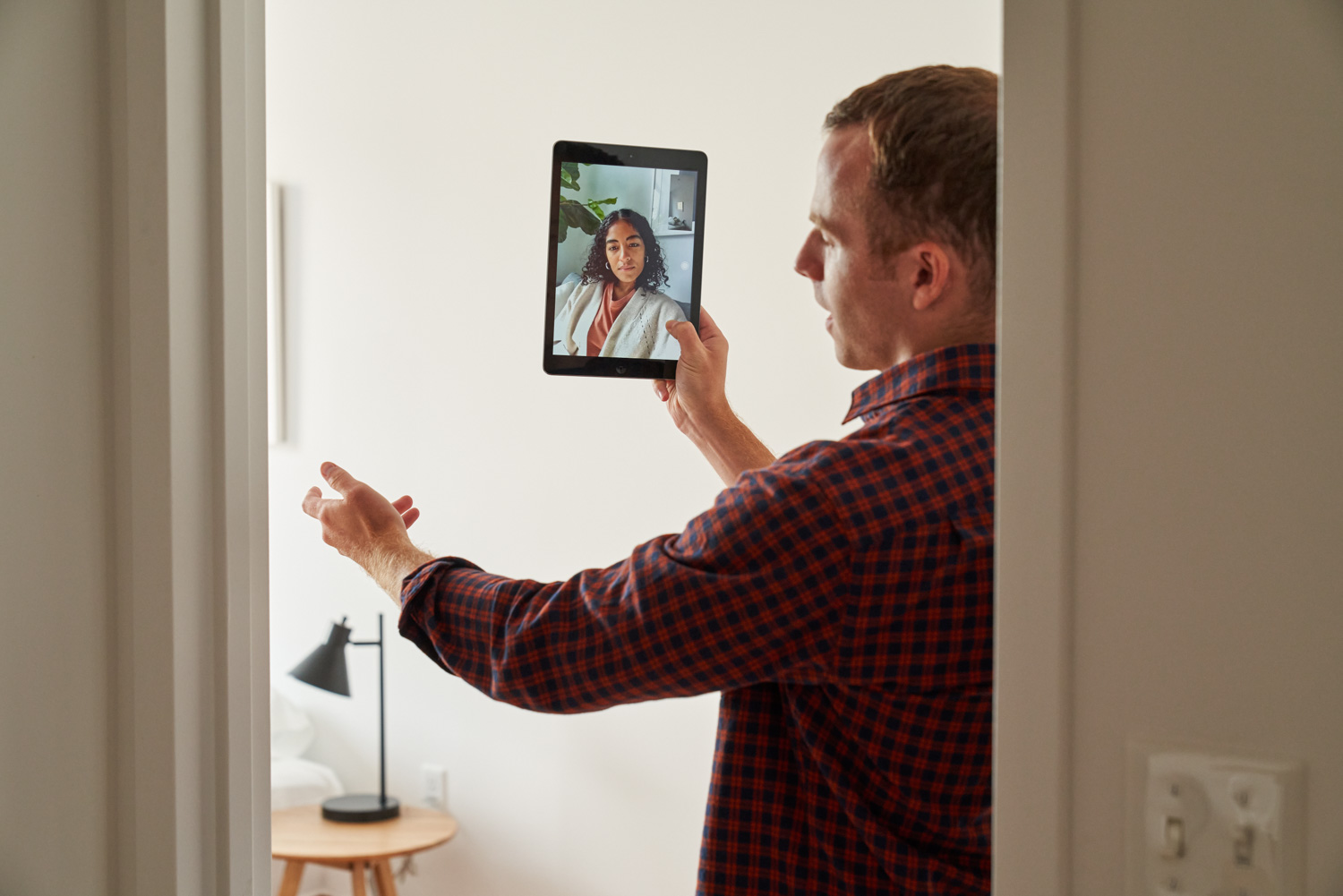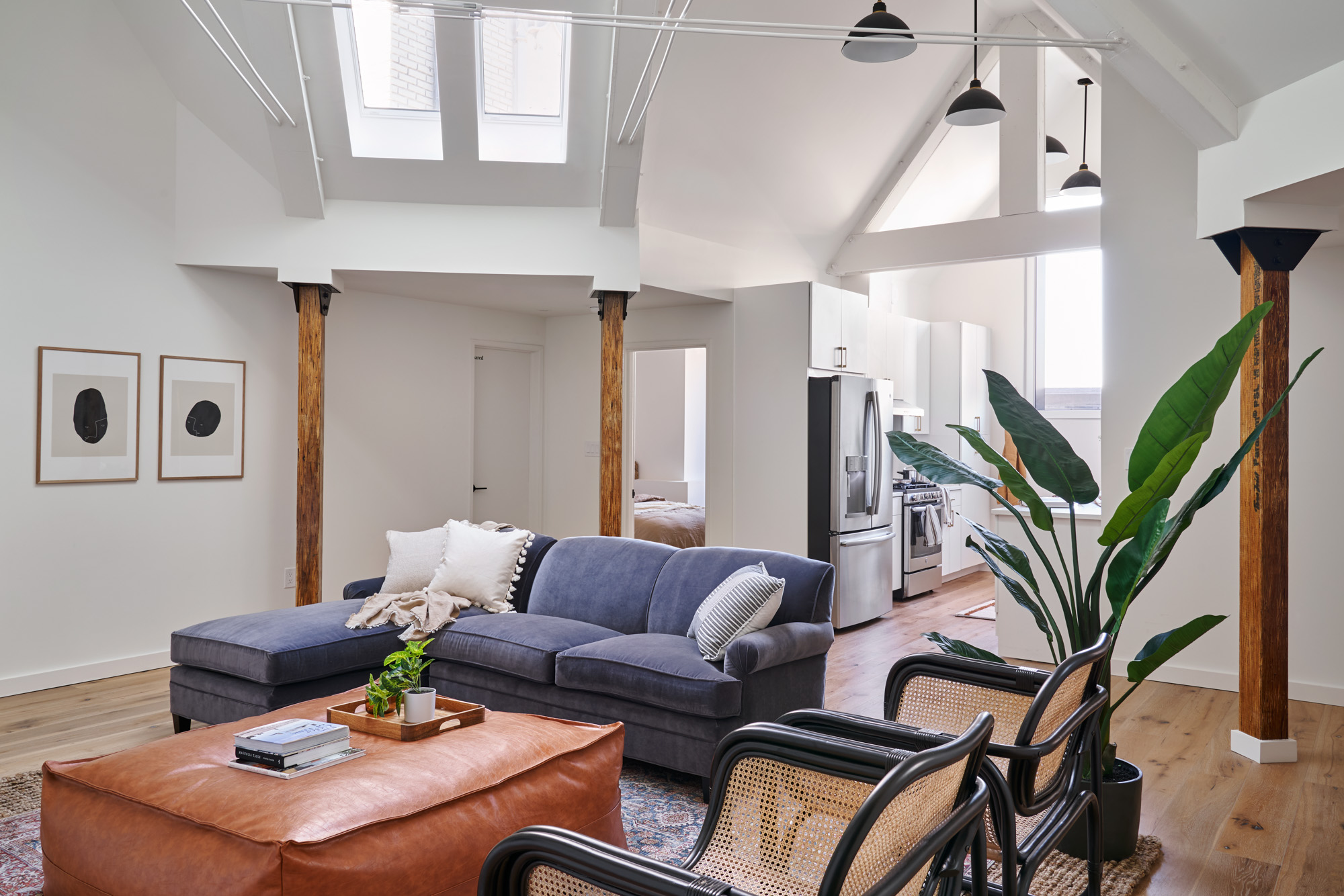When you think of March Madness, you probably think of your favorite college sports team, bleachers full of fans, competitive brackets, and the squeaks and dribbles of a basketball court. But for medical students, March Madness takes on a whole new meaning with Match Day.
Match Day, which happens once a year in March, is the day that medical students are matched with the hospital where they’ll spend the next three to seven years completing their residency program. It’s the final step in becoming a medical professional, and can be both a huge relief and a source of stress and anticipation for students. Residency programs are notorious for being tough — becoming a doctor is a lot of hard work! — and many of them require students to leave their home and move to a new city.
As a trusted provider of attainable, flexible housing, Common is perfectly positioned to help medical students find residency housing. This year we’ve put together our ultimate guide for finding residency housing, along with a few special perks for residents who decide to move into a Common home.
What to consider when looking for resident housing

While the tried-and-true real estate rules still stand, there are additional factors to consider when renting an apartment for your residency.
Location
The first factor to consider is location. Are you close to the hospital where you’ll perform your residency? Are you within walking distance, or if not, is there reliable public transportation nearby? Consider how comfortable you’d be taking transportation or walking home late at night or early in the morning to the hospital from your new home. It might be a pleasant walk in June, but will you wish there was a bus or subway stop you could rely on during an icy winter? If you drive, you’ll want to make sure there’s plenty of street parking or a parking lot on-site at your building. Nothing sounds worse than spending an extra half hour searching for a parking space after a long day at the hospital.
Furnished options and flexible leases
Convenience, while a broad idea, is also something to consider when looking for an apartment for your residency housing. If you don’t anticipate having time to furnish your apartment, or you’ll be moving a long distance for your residency, a furnished unit could save you time and stress. Flexible lease terms also come into play. You’ll likely want to move as little as possible during your residency, but a short term lease at the start of your program can help you get settled quickly while you look for a more permanent option.
Added amenities
While amenities and fancy extras might be at the bottom of your list, certain amenities can make life as a resident easier in the long run. There are your basics, like on-site laundry and parking, but it’s also worth thinking about what shared spaces you’d like access to. A rooftop deck or furnished courtyard could provide a well-needed Vitamin D break on days off, or provide space to host friends and family. On-site fitness centers also make it easy to stay on top of your own health while taking care of others.
Types of resident housing

There are a multitude of ways to live as a resident, and which one you choose all depends on what you need outside of the hours you spend at the hospital. Maybe you’re looking for a built-in community to share in your wins and hard times, or maybe you crave absolute solitude after a long day of work. Here’s what you can expect from a variety of housing options in major cities.
Coliving
Coliving is roommate living made easier and more flexible. In a coliving suite, your rent will cover a private furnished bedroom in a fully-furnished shared suite, with 3-5 other roommates. Typically, like at Common’s coliving suites, rent also includes shared household goods and supplies, ranging from toilet paper to dishwasher detergent and even pots and pans.
Coliving is a solid option for residents looking for a built-in community and the ease of all-inclusive living. You’ll save time on running household errands, furniture shopping, and even cleaning — all shared spaces are professionally cleaned on a regular basis. Because you’re sharing a space, the cost of rent is significantly lower than living alone, on top of the additional savings all-inclusive rent provides.
Of course, there are a few downsides. If you’re not used to sharing, or need total peace and quiet when you come home, coliving probably isn’t for you.
Micro-units
Living in a micro-unit as opposed to a traditional studio is one way to save money on rent, while still having your own space. A micro-unit is by definition smaller than a traditional studio, although they typically have enough space for a full or queen sized bed, space to eat or work, and a kitchen or kitchenette.
During your residency, you might not be spending much time at home at all, and a micro-unit offers a space to rest, eat, and relax without the upkeep and rent of a larger apartment. Many buildings with micro-units also offer shared amenities to give residents a sense of community within their buildings, like shared coworking spaces or outdoor lounges.
If you can’t imagine life without a sectional sofa to spread out on, or a full-sized kitchen for your culinary adventures, a micro-unit might not be the right choice for you. But if you’re willing to sacrifice some space in exchange for more pared down, attainable living, it’s an attractive option.
Traditional apartment living
A standard studio or 1-bedroom apartment is of course an option when looking for resident housing. Renting a traditional unit certainly comes with its plus sides, like more square footage and space to yourself. You can decorate however you’d like, and never have to worry about coming home to find your roommate hogging the couch on hour five of a Netflix marathon. Some traditional apartments might also feature amenities that let you meet other tenants, including shared lounges or building-wide events.
The downsides of traditional apartment living are cost and convenience. Rent prices are rising in cities across the country, and if you’re moving somewhere new for your residency, you could be spending thousands of dollars to move into your own place, let alone pay rent every month. Traditional apartments also tend to offer traditional lease terms with little flexibility. If you don’t like your space, or find it’s making your life as a resident harder, you’re probably stuck with your lease until a year is up. You’ll also have to incur the cost of furnishing your apartment and regularly buying the supplies that keep home life running smoothly.
How to find resident housing

Once you’ve decided which type of housing is right for your residency, it’s time to find your home. Thanks to the internet, there are endless options for finding an apartment, but they each come with their pros and cons. Before you go off on your own, you can also check with your residency program to see if they have any affiliated housing partners that will make your search easier. If not, here’s where to look.
Facebook groups
Facebook has a housing group for almost every city, and some cities even have multiple groups depending on the demographic or area. These groups typically consist of hundreds or thousands of members who are looking for renters to become their roommate, sublet their apartment, or take over their lease. It’s a great option if you’re looking for something short term, or want to connect 1:1 with a potential housemate before living together.
Craigslist
Like Facebook, Craigslist offers a public forum for renters to share and seek housing options in all cities across the country, with new listings posted every day. Craigslist is a great option for the same reasons Facebook is, but the nature of the platform makes it more vulnerable to scams. For example, it’s easier to create a fake identity and make a post on Craigslist than it is on Facebook. Make sure to see the apartment in person and establish some sort of written contract before sending any money or personal information.
Listing sites
Listing sites like apartments.com are one of the most traditional ways to find an apartment. With advanced search tools, you can narrow down your results by budget, neighborhood, size, and amenities, and explore options that are compatible with your housing needs. Finding an apartment through a listing site usually entails working with the property’s broker, which means you’ll pay a fee on top of your rent and security deposit. These fees can be as much as 15% of the yearly rent, a hefty amount if you’re looking to save money on housing. Listing sites also tend to offer more traditional apartment options, with standard lease lengths and credit score and income requirements.
Furnished housing providers
In the last decade there’s been an explosion of companies dedicated to providing furnished, flexible housing options across the country and the globe. These providers make it easy to find a move-in ready home and may provide additional services like regular cleanings or a community app where you can meet other members. You might be able to find these apartments on listing sites, but your best bet is to book directly through the company’s website.
Find Match Day housing with Common

This Match Day, Common is excited to offer medical students in their residency special discounts on rent at homes in cities across the country. Our network of all-inclusive, fully-furnished coliving suites and private apartments make it easy to feel at home from Day 1. Explore the complete list of eligible homes below.
Chicago
$100 off monthly rent with proof of match letter at Common Sable and Common Violet
Washington D.C.
$100 off monthly rent with proof of match letter at:
Los Angeles
$100 off monthly rent with proof of match letter at:
- Common Beverly by Category
- Common Bonner
- Common Centinela
- Common Edenhaus
- Common Elmwood
- Common Fountain
- Common Matteson by Category
- Common Melrose
- Common Paramount
Philadelphia
$100 off monthly rent with proof of match letter at Common at Broadridge and Mily on Green

